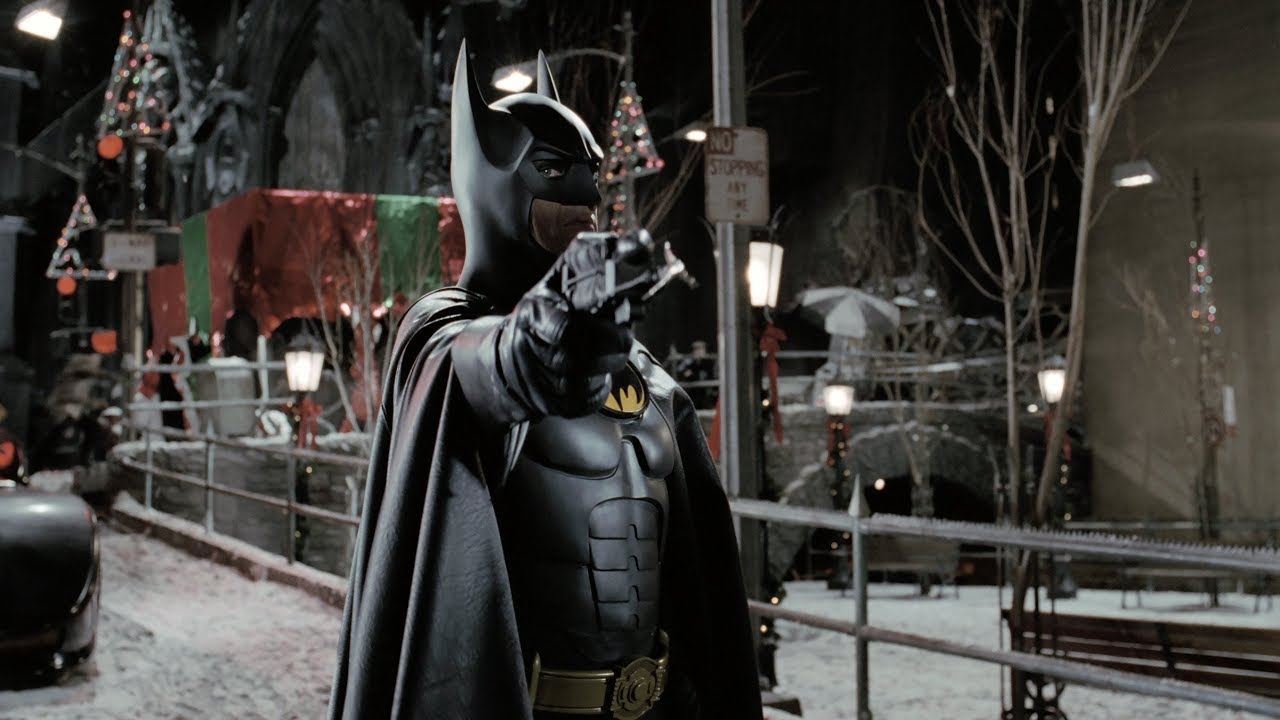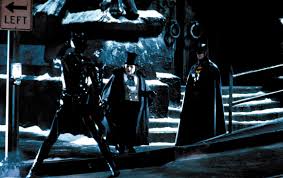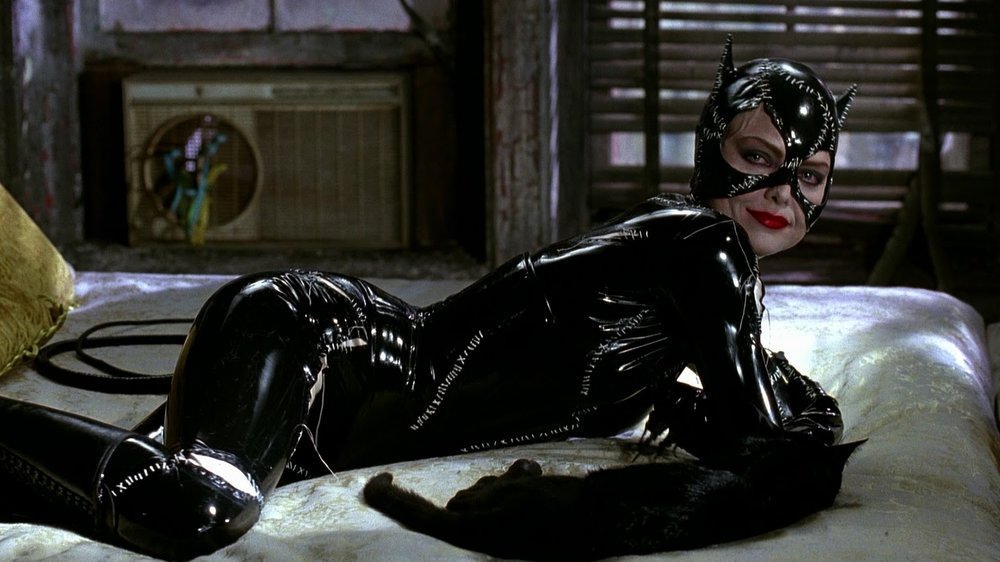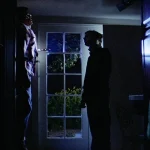Batman Returns (1992)

Batman Returns (1992) Movie Review: A Dark and Stylish Superhero Sequel
Introduction
Tim Burton’s Batman Returns (1992) is a visually stunning and thematically rich sequel to Batman (1989). Starring Michael Keaton as the Dark Knight, the film introduces two of Gotham’s most iconic villains: the grotesque and tragic Penguin (Danny DeVito) and the seductive yet vengeful Catwoman (Michelle Pfeiffer). While Batman Returns deviates from traditional superhero storytelling with its gothic aesthetics and darkly twisted characters, it remains one of the most unique and memorable Batman films ever made.
Plot Summary
Set during the Christmas season, Batman Returns follows Bruce Wayne as he battles two formidable foes—Oswald Cobblepot, aka the Penguin, and Selina Kyle, aka Catwoman. The Penguin, abandoned as a child and raised by sewer-dwelling circus performers, resurfaces as a political figure with a hidden agenda. Meanwhile, Selina Kyle transforms from a meek secretary into the confident and deadly Catwoman after being betrayed by her corrupt boss, Max Shreck (Christopher Walken). As Batman struggles to maintain order in Gotham, he finds himself drawn to Catwoman, leading to a complex and tragic romance.
Standout Performances
Michael Keaton continues to deliver a compelling portrayal of Batman, balancing his brooding intensity with moments of vulnerability. However, it’s the villains who steal the show. Danny DeVito’s Penguin is a grotesque and deeply tragic figure, offering a performance that is both unsettling and oddly sympathetic. His monstrous appearance and unsettling mannerisms make him one of the most distinctive antagonists in the franchise.
Michelle Pfeiffer’s Catwoman is undoubtedly the film’s highlight. Her transformation from the timid Selina Kyle to the fierce and seductive anti-hero is mesmerizing. Pfeiffer brings a perfect blend of charm, danger, and emotional depth to the role, making her one of the most iconic portrayals of Catwoman in cinematic history. The chemistry between Pfeiffer and Keaton adds layers of tension and intrigue to the film’s romantic subplot.
Tim Burton’s Dark Vision
Burton’s signature gothic style is fully realized in Batman Returns, creating a film that feels more like a dark fairy tale than a traditional superhero story. Gotham City is portrayed as an eerie, snow-covered metropolis filled with looming architecture and grotesque imagery. The film’s production design, led by Bo Welch, enhances the surreal and nightmarish atmosphere, making Gotham feel like a character in itself.
Danny Elfman’s haunting and operatic score adds to the film’s dark and grandiose tone. The music perfectly complements the film’s themes of loneliness, revenge, and duality, reinforcing the emotional weight of the story.
Themes and Symbolism
Beyond its action and spectacle, Batman Returns explores deeper themes of identity, isolation, and duality. Each of the main characters grapples with their dual natures—Bruce Wayne struggles with his Batman persona, Selina Kyle transforms into Catwoman, and Oswald Cobblepot straddles the line between man and monster. The film presents these characters as tragic figures, making their arcs feel more personal and emotionally resonant.
Catwoman’s storyline, in particular, serves as a powerful feminist narrative. Her transformation symbolizes reclaiming power in a male-dominated world, and her interactions with Batman challenge traditional gender dynamics in superhero films.
Action and Visual Effects
While Batman Returns features impressive action sequences, it prioritizes atmosphere and character development over traditional superhero spectacle. The film’s use of practical effects and elaborate set pieces enhances its unique visual style. The Penguin’s army of missile-equipped penguins and Catwoman’s acrobatic combat scenes add to the film’s distinctiveness, blending dark humor with thrilling action.
Reception and Legacy
Upon its release, Batman Returns received praise for its performances, direction, and visual style. However, its darker tone and grotesque imagery made it controversial, particularly among parents expecting a more family-friendly Batman movie. Despite this, the film has since gained a strong cult following and is regarded as one of the best Batman films, especially for fans of Tim Burton’s unique storytelling.
Michelle Pfeiffer’s portrayal of Catwoman remains a fan favorite, influencing future iterations of the character. Danny DeVito’s Penguin, while polarizing, left a lasting impact on the franchise. Over the years, Batman Returns has been re-evaluated as one of the most artistically ambitious superhero films ever made.
Conclusion: A Gothic Superhero Masterpiece
Batman Returns stands out as a dark, stylized, and deeply compelling entry in the Batman franchise. With standout performances, stunning visuals, and rich thematic depth, it remains a unique take on the superhero genre. While it may not appeal to those expecting a traditional Batman adventure, its bold artistic choices make it an unforgettable film. Whether you love it for its gothic aesthetics or its emotionally complex characters, Batman Returns is a superhero film unlike any other, cementing its place as a cult classic in the genre.










